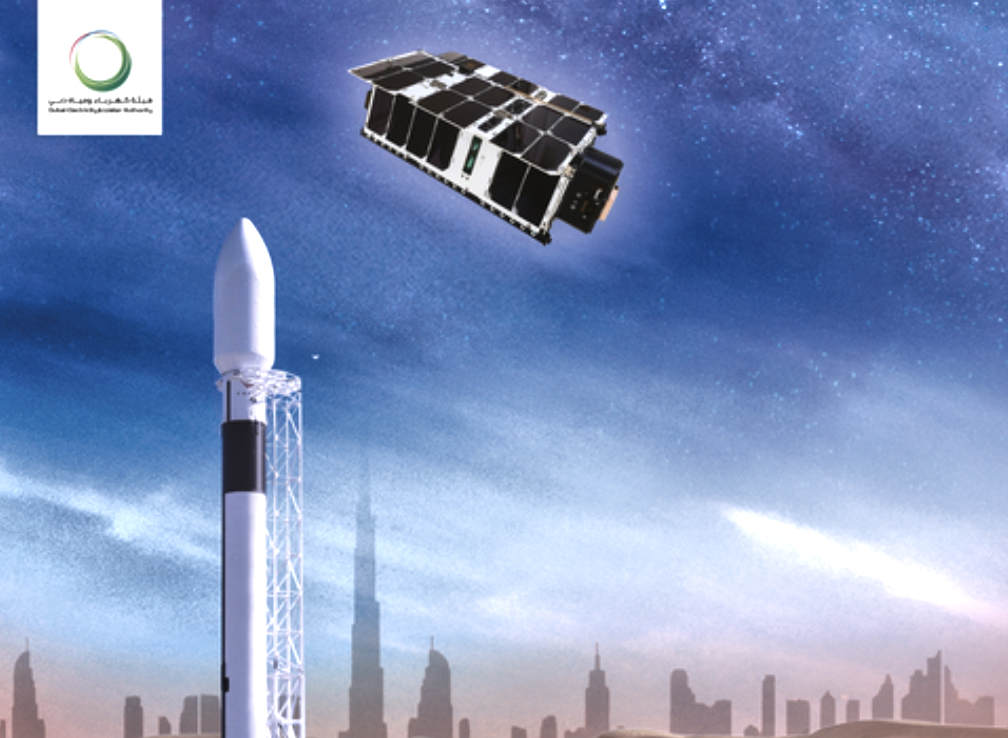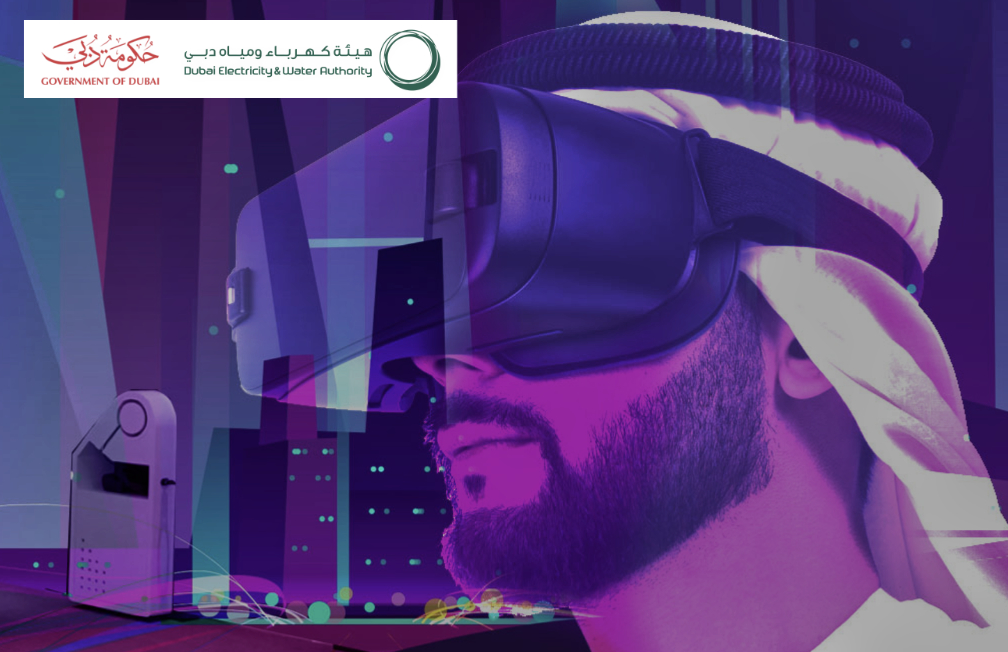
Dubai Electricity and Water Authority (DEWA) has completed preparations to launch the utility’s second smallsat for remote sensing applications this April.
The 6U nanosatellite is part of DEWA’s Space-D program. DEWA Sat-2 will be launched by a SpaceX Falcon 9 rocket from Vandenberg Air Force Base in California, USA. The smallsat was designed and developed at DEWA’s Research and Development Centre, in cooperation with NanoAvionics in Lithuania.

The new satellite features a high-resolution camera (4.7 meters) that will be used for Earth Observation (EO) missions and provides continuous line-scan imaging in 7 spectral bands from an approximately 500 km orbit. The new satellite is also equipped with Infrared equipment to measure greenhouse gases.
The combined use of DEWA SAT-2 images and Internet of Things (IoT) measurements from DEWA SAT-1 will enable DEWA to improve the operational performance of power generation and water desalination plants by providing accurate estimates of seawater temperature, seawater salinity, detection of red-tide, as well as fog monitoring and forecasting.
DEWA launched DEWA-SAT1 in January of 2022. It uses LoRa IoT communication technology, a new wireless protocol designed for long-range and low-power communications, to expand the coverage of the existing terrestrial communications network. DEWA is the first utility in the world to launch nanosatellites to improve its planning, operation and maintenance activities.
Using satellite network communication, IoT and Artificial Intelligence (AI) contributes to improving the efficiency of photovoltaic solar panels at the Mohammed bin Rashid Al Maktoum Solar Park, the largest single-site solar park in the world, using the Independent Power Producer (IPP) model.

